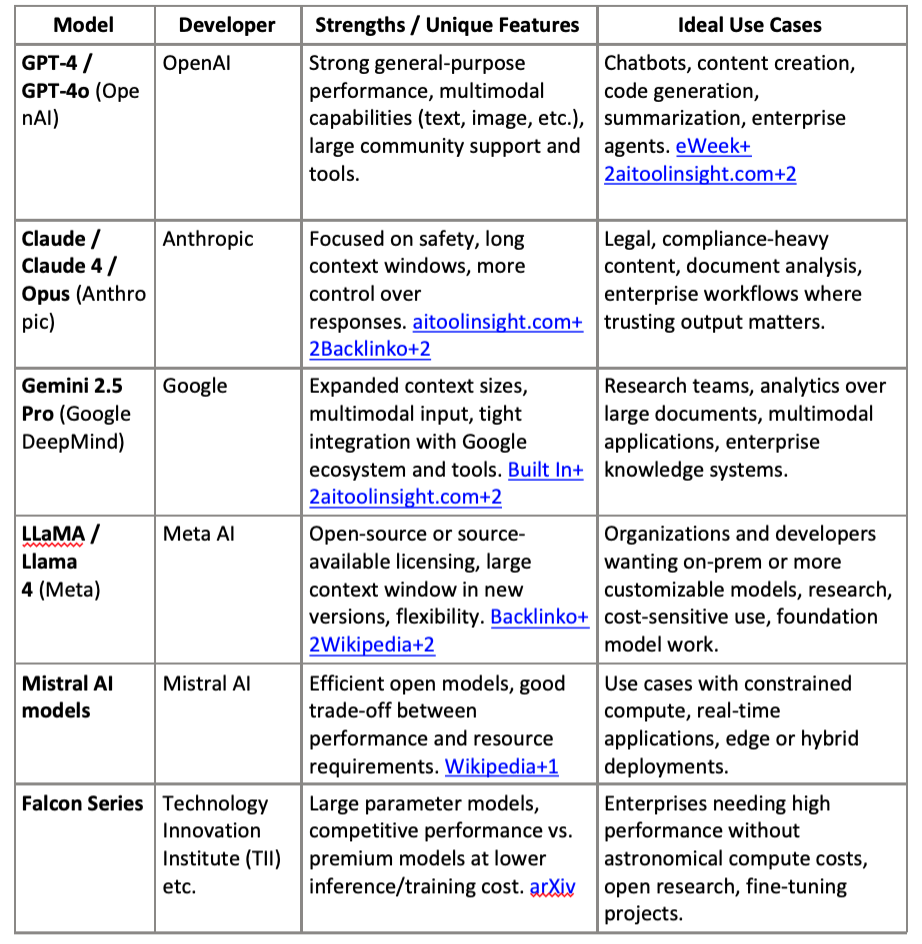Testing Strategy for Cryptocurrency Data Validation
- Ken Eng
- Nov 20, 2024
- 3 min read
Testing cryptocurrency data validation is a crucial aspect of ensuring the accuracy, reliability, and security of cryptocurrency systems. As the popularity of cryptocurrencies continues to grow, the importance of rigorous testing strategies cannot be overstated. This testing strategy aims to validate cryptocurrency data across various components, including blockchain networks, smart contracts, transaction processing, and user interfaces. In this article, we will explore the key elements of a comprehensive testing strategy for cryptocurrency data validation.
Understanding the System Architecture: Before diving into testing, it is essential to have a deep understanding of the cryptocurrency system's architecture. This involves studying the underlying blockchain technology, consensus algorithms, data storage mechanisms, and how different components interact. Comprehensive documentation and system diagrams are crucial for a clear understanding.
Test Environment Setup: The first step is to create a dedicated test environment that mirrors the production environment as closely as possible. This environment should include blockchain nodes, smart contract execution environments, wallets, APIs, and other relevant components. Employing containerization and virtualization technologies can help in setting up isolated test environments efficiently.
Unit Testing: Unit testing involves testing individual units or functions of the cryptocurrency system in isolation. For instance, testing smart contracts' functions, hashing algorithms, cryptographic signatures, and data storage components. Using testing frameworks specific to the programming languages and platforms used in the system simplifies this process.
Integration Testing: Integration testing focuses on verifying the interaction between various modules and components of the cryptocurrency system. This involves testing how different elements, like blockchain nodes, smart contracts, and wallets, work together seamlessly. Emphasis should be placed on testing transactions' flow through the system and ensuring that data is consistently synchronized across all components.
Security Testing: Cryptocurrency systems are high-value targets for attackers. Security testing must be a priority. This includes conducting penetration testing to identify vulnerabilities and weaknesses in the system's architecture, APIs, and smart contracts. Additionally, employing static code analysis tools can help in identifying potential security flaws.
Performance Testing: The performance of a cryptocurrency system is critical for its success. Performance testing involves evaluating the system's response time, throughput, and scalability under various conditions. Load testing, stress testing, and scalability testing are essential components of this phase to identify bottlenecks and ensure the system can handle peak loads.
Consensus Algorithm Testing: If the cryptocurrency utilizes a specific consensus algorithm, such as Proof of Work (PoW) or Proof of Stake (PoS), dedicated testing is necessary. This involves validating the consensus mechanism's correctness and its ability to prevent attacks like double-spending.
Smart Contract Testing: Smart contracts are a fundamental component of many cryptocurrencies. Specific testing frameworks and tools, such as Truffle or Brownie for Ethereum-based contracts, can be utilized to thoroughly test smart contracts' functionality, security, and edge cases.
Blockchain Fork Testing: In the case of a blockchain fork, where the chain diverges into different paths, it's crucial to test the behavior of the system during and after the fork. This involves simulating and validating scenarios like chain reorganization and determining the longest valid chain.
Data Consistency and Integrity Testing: Cryptocurrency systems often involve multiple databases and distributed data storage. Ensuring data consistency and integrity across all nodes is essential. Regularly comparing data across nodes and verifying its accuracy is necessary to maintain trust in the system.
User Interface (UI) Testing: The user interface is the primary touchpoint for users interacting with the cryptocurrency system. UI testing involves assessing the functionality and usability of wallets, exchanges, and other user-facing components to ensure a seamless experience for users.
Regulatory Compliance Testing: Cryptocurrency systems must comply with relevant regulations in various jurisdictions. Compliance testing ensures that the system adheres to legal requirements, especially regarding user data, transaction reporting, and anti-money laundering (AML) policies.
End-to-End Testing: End-to-end testing involves validating the entire workflow of a cryptocurrency transaction, from initiation to confirmation. It should cover various use cases, including peer-to-peer transactions, smart contract interactions, and interactions with third-party services.
Error Handling and Resilience Testing: Cryptocurrency systems should gracefully handle errors and be resilient to various failures. Testing error scenarios and system recovery mechanisms is crucial to ensure the system can recover from unexpected issues.
Documentation and Reporting: Throughout the testing process, detailed documentation should be maintained, outlining the test scenarios, methodologies, and results. Comprehensive reports should be generated, highlighting any issues discovered, along with remediation steps and future improvement suggestions.
In conclusion, a robust testing strategy for cryptocurrency data validation is essential to maintain the integrity, security, and usability of cryptocurrency systems. By combining various testing techniques and methodologies, teams can identify and address potential issues before they impact the system's functionality and user experience, thereby enhancing confidence and trust
among cryptocurrency users.






Comments